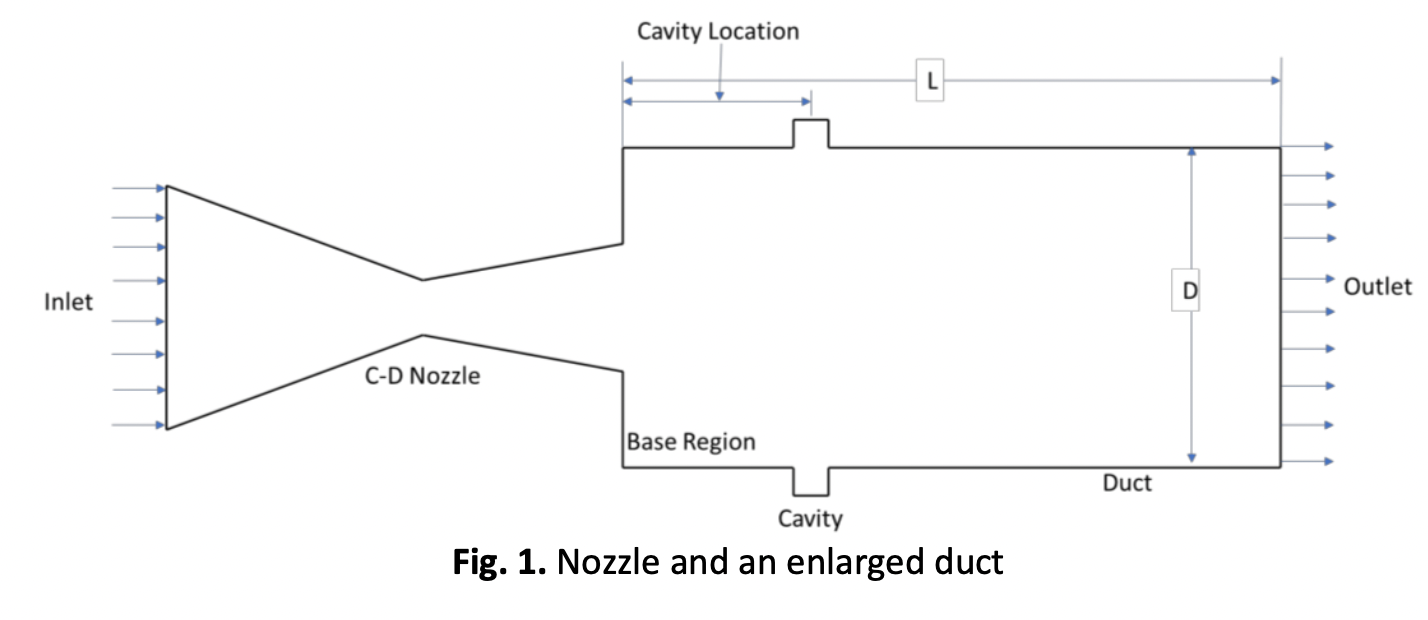Influence of Cavity on Base Pressure Manipulation in Suddenly Expanded Flow from Converging Diverging Nozzle for Area Ratio 5.29
DOI:
https://doi.org/10.37934/arfmts.114.2.3249Keywords:
Base pressure, cavity, Mach number, nozzle pressure ratioAbstract
This study delves into the intricate interplay of cavity placement, Nozzle Pressure Ratio (NPR), and Mach numbers, examining their collective influence on manipulating base pressure within a duct. Employing numerical simulations, the research explores the cavity's effectiveness in altering base pressure dynamics in the duct's base area. The investigation comprehensively studies various factors, including length-to-diameter ratio, nozzle pressure ratio, Mach number, and cavity location. The simulations are conducted for a singular cavity at multiple positions concerning the duct's diameter, maintaining a fixed cavity width-to-height ratio of 1. The NPR ranges from 2 to 8, and the Mach numbers under scrutiny span from 1.2 to 1.8. The study meticulously analyses variations in base pressure and alterations in the pressure field resulting from these variables. Notably, the findings demonstrate the cavity's adeptness in controlling base pressure, particularly at NPR values of 4 and 6 for Mach numbers 1.2 and 1.4. In contrast, ineffectiveness is observed at NPR 2 and 8 due to specific flow reattachment points. However, the cavity effectively influences base pressure at NPR values of 4, 6, and 8 for Mach numbers 1.6 and 1.8. These discernments offer invaluable insights for the optimization of duct designs in diverse engineering applications.
Downloads






























